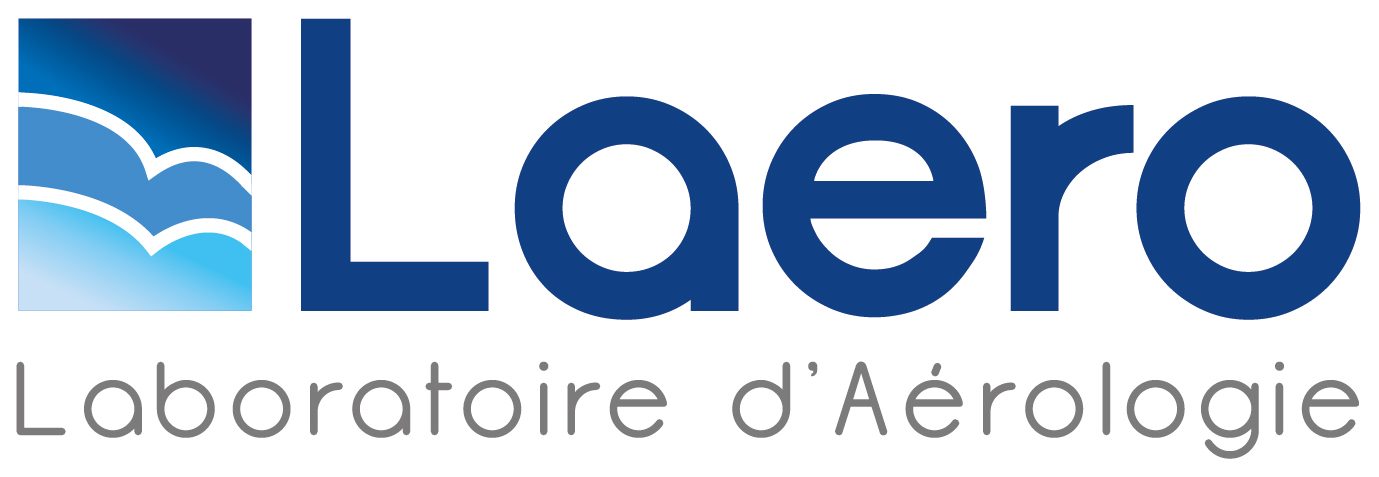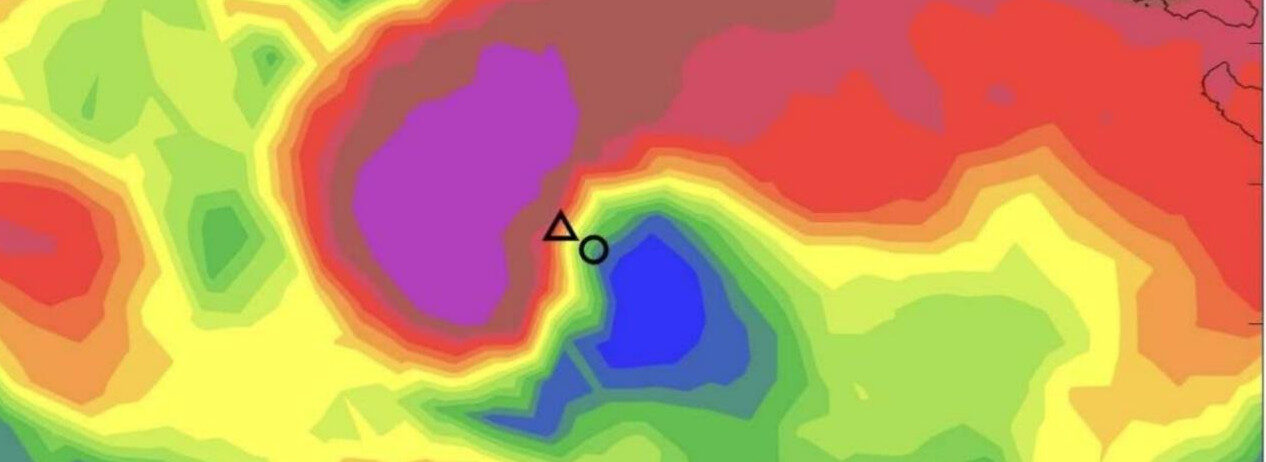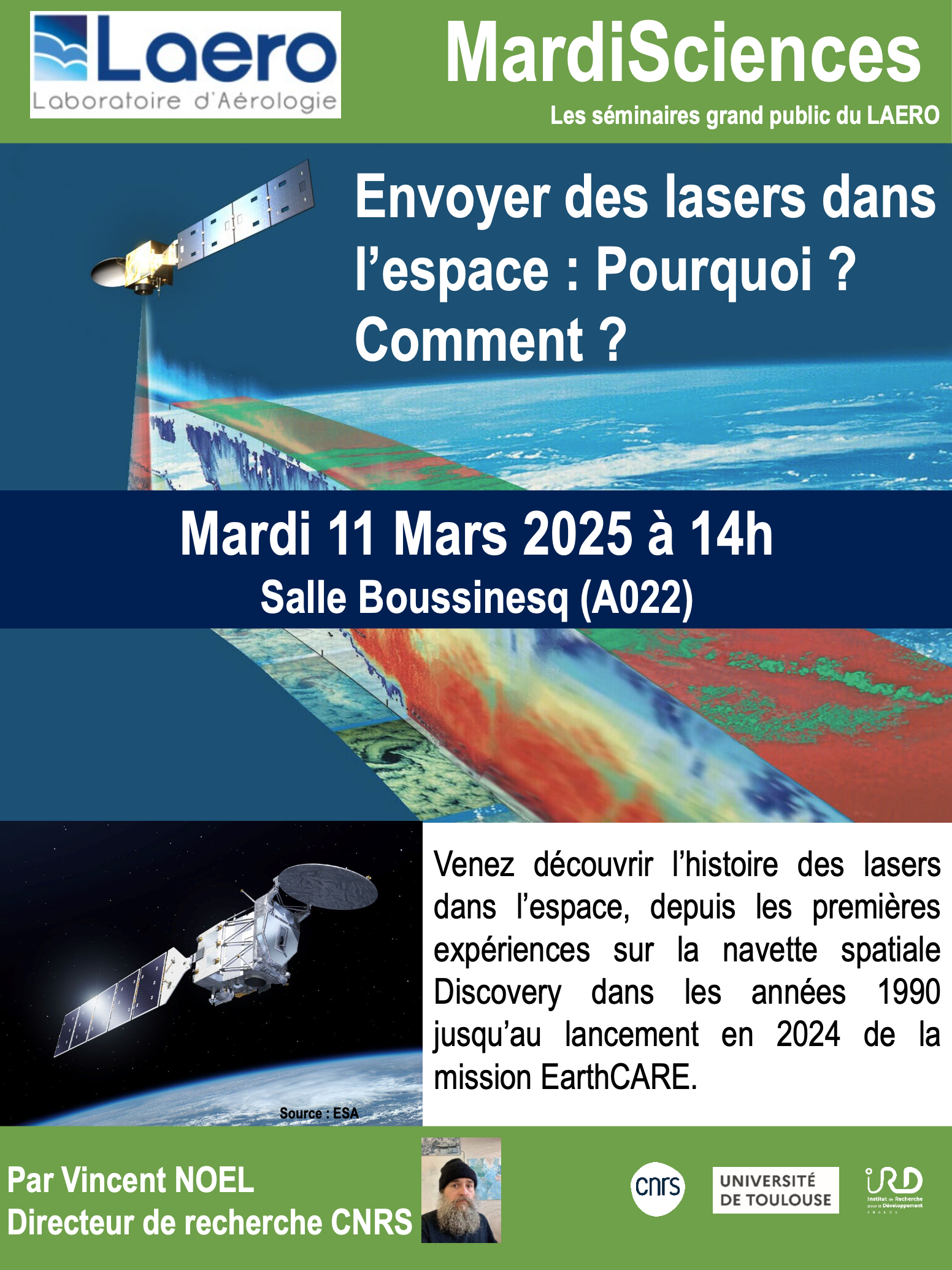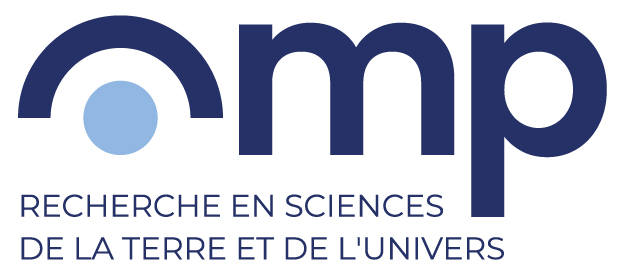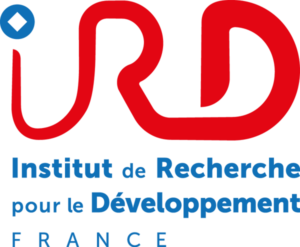V. di Francesca : Passive microwave-based diagnostics of medicanes over the period 2000-2021
The Mediterranean Sea is a well-documented region of cyclogenesis where hundreds of cyclones of variable lifetime, intensity and structure form every year. Although they are smaller, weaker and shorter in duration compared to tropical or most of the extratropical cyclones, they are often associated with high impact weather phenomena, due to significant amount of precipitation, strong winds and storm surges, thus affecting the coastal areas in the Mediterranean basin. Recently, there has been a growing interest in Mediterranean cyclones which closely resemble actual tropical cyclones with spiraling rainbands around a calm, a mostly cloud-free “eye”, strong rotation winds around the center, and a warm core (WC). These cyclones are generally referred to as Tropical-Like Cyclones (TLCs) or MEDIterranean hurriCANES (medicanes).
This study aims to analyse, through an observational, satellite-based approach, 23 medicanes occurred from 2000 to 2021 in order to carry out a comprehensive passive microwave (PMW)-based characterization of these cyclones. A novel methodology for detecting the “closed eye” feature has been designed and implemented. Moreover, a well-established methodology based on the 54–55 GHz temperature sounding channels is applied to all 23 cyclones to detect the WC and characterize its depth, intensity and symmetry. Finally, the high frequency channels (> 89 GHz) are exploited to retrieve cloud top height and ice water path, and to detect deep moist convection, offering insights on the role of diabatic heating in the WC development.
This study applies, for the first time, both known and newly-developed PMW-based techniques and tools over an extensive medicanes’ satellite-based data record in order to unveil the thermodynamic and microphysical processes which fuel the WC and to identify the cyclones which undergo a tropical-transition, (i.e., with a WC mainly driven by diabatic processes). In addition, this study evidences how PMW radiometry can contribute to address open questions on the processes that drive medicanes development and evolution, and offer useful insights into the potential classification of these complex systems.
Séminaire de valentina.di-francesca@univ-tlse3.fr au LAERO le 6 mai 2025, salle Boussinesq
Pour en savoir plus :
- Di Francesca et al., 2025: Passive microwave-based diagnostics of medicanes over the period 2000–2021. Atmos. Res. 316, 107922. https://doi.org/10.1016/j.atmosres.2025.107922
- Projet Medicane de l’ESA
